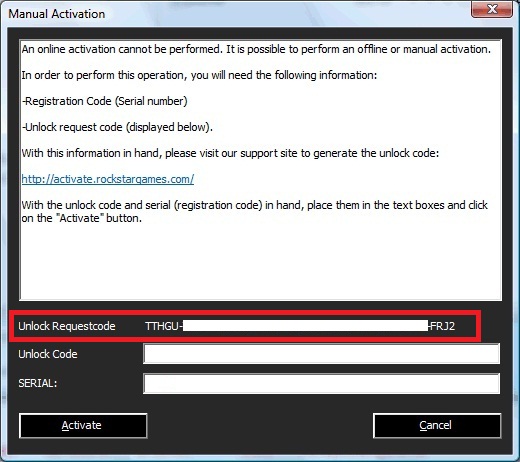

Such studies provide both quantitative data, which is especially valued by administrators, and qualitative data, which can provide impactful stories that can be used during outreach.

Ample research has examined students’ and faculty’s perception of OER. The last component of the COUP framework is perception. This can be achieved by observing how materials are Deleted, Inserted, Moved, or Edited (known as DIME model, Open Education Group, n.d.). Smaller and shorter studies have also reported positive student academic results (Clinton, 2018).Ī third measure, usage, can provide insight on how students and educators take advantage of open licensing permissions to adapt OER. Similar outcomes have been confirmed by a 2018 study at the University of Georgia with large student samples over a period of six years (Colvard, Watson, & Park, 2018) finding improvements in grade levels as well as in completion and retention. Jhangiani and Jhangiani ( 2017) citing Hilton ( 2016) Hilton, Fischer, Wiley, and Williams ( 2016), note in their article that “thirteen studies (with an aggregated sample of 119,720 students) that have investigated the impact of OER adoption on course performance found that 95% of these students have achieved the same or better outcomes when using OER” (p.

In addition to being cost effective, studies have shown that the academic efficacy of students has been the same or even increased when utilizing OER. Among them, John Hilton III and his colleagues have conducted several large-scale studies over the years in different programs, majors and multiple colleges (Hilton, Robinson, Wiley, & Ackerman, 2014 Hilton, Gaudet, Clark, Robinson, & Wiley, 2013 Hilton, 2016 Ikahihifo, Spring, Rosecrans, & Watson, 2017). Using Open Educational Resources instead of traditional textbooks has been shown to be cost effective based on many studies. We briefly discuss research measuring these elements below. Current research on its impact measures not only Cost, but also Outcomes, Usage, and Perceptions (known as COUP Framework, Open Education Group, n.d.). The influence of OER, however, goes beyond cost. Mark Perry credits Open Educational Resources publishers as responsible for this historical break in the trend (Perry, 2017). While speculating about possible reasons, Dr. In 2017, for the first time, prices have stopped rising and started to decrease. The price of textbooks has risen steadily, increasing more than 1000% since 1977 (Popken, 2015). Students enrolled in OER courses performed better than those enrolled in the same courses using a commercial textbook. Some professors felt that the textbook lacked important content, but because of its openness, they added their own content to the book. The students’ perception was very positive, and faculty’s opinions on the textbooks used were mixed. This pilot program delivered strong results.

To measure the results, we surveyed students and conducted a faculty survey and a focus group, in addition to analyzing the students’ final grades. Furthermore, we highlight the successes and shortcomings in having the library as a central OER partner. We discuss the pedagogical changes as well as explore the impact of Open Educational Resources (OER) on students’ savings, their academic outcomes and perceptions of OER. This case study describes the library’s experience of collaborating with an undergraduate Psychology Department at Touro College to integrate open textbooks into their program.


 0 kommentar(er)
0 kommentar(er)
